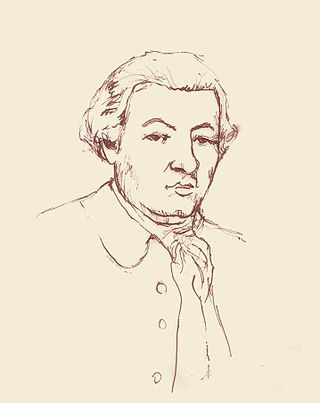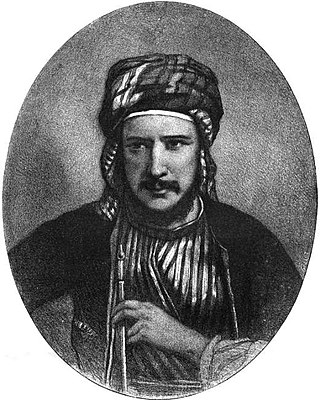



- Louis Brion de la Tour, (circa 1743 – 1803) was an 18th-century French geographer and demographer.




His family may have come from Bordeaux, having found asylum in Alsace when the Edict of Nantes was revoked by the Edict of Fontainebleau in 1685. [1]
Generally, authors were careful to differentiate him from the engraver Antoine Brion from Reims, born in 1739. He was perhaps his son. [2]
His official title was « Ingénieur Géographe du Roi » ("King's Engineer Geographer"). Although he was a prolific geographer, very little is known of his life or his career. His life passed in scientific work. However what is known is that an important part of his work was done in collaboration with Louis Charles Desnos (circa 1750–1790), [3] bookseller and geographical engineer for globes and spheres of His Danish Majesty. Between 1762 and 1785, he participated in the development of the Indicateur fidèle ou guide des voyageurs, qui enseigne toutes les routes royales. [4]
In 1795, he obtained a pension of the National Assembly. [5] [6]
These cards cost 25 sols (1786) [7]

Nicolas François de Neufchâteau was a French statesman, poet, and agricultural scientist.

René Primevère Lesson was a French surgeon, naturalist, ornithologist, and herpetologist.

Jean Antoine Letronne was a French archaeologist.

Comte Pierre Louis Roederer was a French politician, economist, and historian, politically active in the era of the French Revolution and First French Republic. Roederer's son, Baron Antoine Marie Roederer (1782–1865), also became a noted political figure.

Louis-Sébastien Mercier was a French dramatist and writer, whose 1771 novel L'An 2440 is an example of proto-science fiction.

Charles Théveneau de Morande was a gutter journalist, blackmailer and French spy who lived in London in the 18th century.
Louis Charles Dezobry was a 19th-century French historian and historical novelist, born at St-Denis.

André Siegfried was a French academic, geographer and political writer best known to English speakers for his commentaries on American, Canadian, and British politics.

Antoine-François Delandine, was a French writer.
Jean-Baptiste Benoît Eyriès was a French geographer, author and translator, best remembered in the English speaking world for his translation of German ghost stories Fantasmagoriana, published anonymously in 1812, which inspired Mary Shelley and John William Polidori to write Frankenstein and The Vampyre respectively. He was one of the founding members of the Société de Géographie, a member of the Société Asiatique, Académie des Inscriptions et Belles-Lettres, American Philosophical Society, and American Academy of Arts and Sciences, and was awarded the Legion of Honour. He had a mountain named after him near Yos Sudarso Bay in New Guinea, as well as a sandbank near French Island, Australia, and a street in Le Havre.
Jean-Gabriel Prêtre was a Swiss-French natural history painter who illustrated birds, mammals and reptiles in a large number of books. Several species of animal were named after him.
Louis-Marin Henriquez was an 18th-century French writer and playwright.
Jean-Gilbert Ymbert was a French playwright of the first half of the 19th century.

Louis-François Jauffret was an 18th–19th-century French educator, poet and fabulist. Gaspard-André Jauffret, bishop of Metz, Jean-Baptiste Jauffret, director of the imperial institution of the deaf in St. Petersburg and Joseph Jauffret, master of requests to the Conseil d'État, were his brothers.
Pierre Nicolas Chantreau, called don Chantreau, was an 18th-century French historian, journalist, grammarian and lexicographer.
Joseph de La Porte, was an 18th-century French priest, literary critic, poet and playwright.
Louis-Joseph Lavallée marquis de Boisrobert, called Joseph Lavallée was an 18th–19th-century French polygraph and man of letters.
Auguste Jubé, baron de La Perelle was a French general, politician and historiographer.

Pierre Henri Stanislas d'Escayrac de Lauture, count then marquis of Escayrac, Commandeur of the Légion d'honneur was a French explorer, geographer, diplomat and linguist.
Anatole Loquin was a French writer, comptroller of Customs and musicologist. He also wrote under the pseudonyms Paul Lavigne, Louis Sévin et Ubalde.